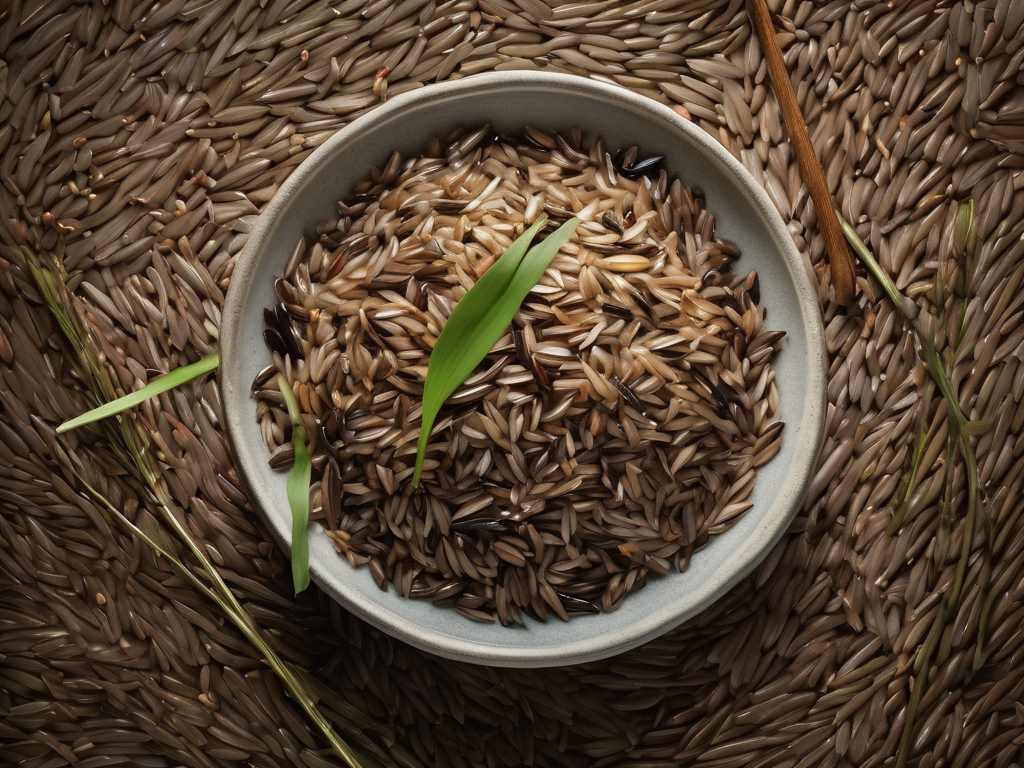
What to Do If You Accidentally Let Annual Wild Rice Expire
What to Do If You Accidentally Let Annual Wild Rice Expire
Annual wild rice is a nutritious and delicious grain that can add a unique flavor and texture to a variety of dishes. However, if you accidentally let your annual wild rice expire, you may be wondering what steps you can take to ensure its safety and quality. In this blog post, we will discuss practical tips and safety information on what to do if you find yourself in this situation. (Annual wild rice)
Food Storage Essentials
Products that help you store and preserve your food better
Disclosure: As an Amazon Associate, we earn from qualifying purchases. This helps support our site and allows us to continue providing free food safety information.
Understanding Expiration Dates on Annual Wild Rice
Annual wild rice, like many other food products, comes with an expiration date to indicate its freshness and quality. While the expiration date is a helpful guideline, it is essential to understand that it is not a strict deadline. Consuming annual wild rice after the expiration date does not necessarily mean it is unsafe to eat. However, the taste, texture, and nutritional value may deteriorate over time.
Factors Affecting the Shelf Life of Annual Wild Rice
Several factors can impact the shelf life of annual wild rice, including:
- Storage conditions: Proper storage in a cool, dry place away from moisture and sunlight can help prolong the shelf life of annual wild rice.
- Packaging: Airtight packaging can help protect annual wild rice from moisture and pests, extending its freshness.
- Temperature: Storing annual wild rice at a consistent temperature can prevent it from spoiling prematurely.
- Exposure to light: Keeping annual wild rice away from direct sunlight can help maintain its quality.
Inspecting Expired Annual Wild Rice
If you have accidentally let your annual wild rice expire, it is essential to inspect it carefully before deciding whether to consume or discard it. Here are some key steps to follow:
- Check the Appearance: Look for any signs of mold, discoloration, or unusual odors. If the annual wild rice appears significantly different from when you purchased it, it may be best to discard it.
- Smell Test: Sniff the annual wild rice to detect any off-putting odors. A musty or rancid smell is a sign that the rice may have gone bad.
- Texture: Feel the texture of the annual wild rice. If it feels overly soft, mushy, or gritty, it is likely no longer safe to eat.
Tips for Safely Consuming Expired Annual Wild Rice
Recommended Food Storage Products
Keep your food fresh and organized with these storage solutions
Disclosure: As an Amazon Associate, we earn from qualifying purchases. This helps support our site and allows us to continue providing free food safety information.
If your annual wild rice has expired but appears to be in good condition, you may still be able to consume it safely with the following tips:
- Cook Thoroughly: Cooking the annual wild rice at high temperatures can help kill any potential bacteria or pathogens that may have developed over time.
- Store Properly: After cooking, store any leftover annual wild rice in the refrigerator in an airtight container to prevent bacterial growth.
- Monitor for Illness: If you consume expired annual wild rice and experience symptoms such as nausea, vomiting, or diarrhea, seek medical attention promptly.
Proper Storage Practices for Annual Wild Rice
To prevent your annual wild rice from expiring prematurely in the future, follow these storage tips:
- Cool, Dry Place: Store annual wild rice in a cool, dry pantry away from heat and moisture.
- Airtight Containers: Transfer annual wild rice to airtight containers or resealable bags to protect it from pests and humidity.
- Avoid Sunlight: Keep annual wild rice away from direct sunlight to maintain its freshness.
Conclusion
In conclusion, if you accidentally let your annual wild rice expire, it is crucial to inspect it carefully before deciding whether to consume or discard it. By understanding the factors that affect the shelf life of annual wild rice and following proper storage practices, you can enjoy this nutritious grain safely and deliciously. Remember to trust your senses and prioritize food safety when handling expired food items. (Annual wild rice)
Food Storage Essentials We Love
Products that help you store and preserve your food better
Disclosure: As an Amazon Associate, we earn from qualifying purchases. This helps support our site and allows us to continue providing free food safety information.
Scan your food directly and get instant safety info using our AI-powered camera feature.




